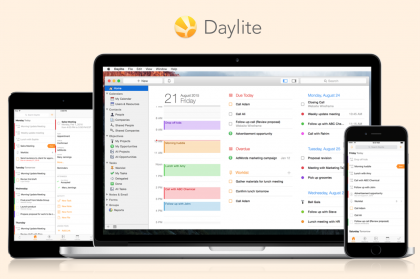Jason Snell, writing for Macworld:
Look out to 2025 and imagine a futuristic computing device made from Apple that’s larger than a phone, filling the ecosystem that currently is filled by laptops and iPads (and maybe even desktop Macs). This is a thin, light device, with battery life and sensors and other features that we can only dream about today.
And:
Apple seems to see the Mac as a rock-solid platform for laptop and desktop computers that people depend on to do their jobs. The Mac is, in many ways, defined by the fact that it’s a keyboard-and-trackpad-driven system with a windowed user interface. If you take that away and simplify the Mac, you might be able to get to something a bit closer to the iPad–but you risk losing some of the key attributes that make the Mac what it is.
And:
The iPad, on the other hand, seems not too far away from that 2025 device already. What’s required is an evolution of the very simple touch interface pioneered by the iPhone in order to provide the tools that sophisticated and demanding users need to get their jobs done. With the addition of iCloud Drive and support for other cloud services, Apple basically gave the iPad a browsable file hierarchy.
For the iPad to get there, however, Apple will need to up its game when it comes to growing iOS. After all, 2025 is only eight years away; a new iPad feature or two every other year between now and then won’t get it done. iOS needs better peripheral support, more sophisticated windowing and multitasking, improvements to file handling, better support for application and system automation, and a whole lot more. But if Apple puts the work in, the iPad could be that device in 2025–and still clearly be recognizable to a visitor from 2017 as an iPad.
Is the iPad the future? Will we continue to live in a hybrid world, with the Mac on the desk, the iPhone in pocket, and the iPad the larger portable device in between? Or will the iPad evolve into a device capable of filling its current slot as well as replacing the need for the Mac?
Interesting questions. Clearly, the answers will depend on the technology that comes our way over time. Will we see power sipping flexible screens that can fit into our pockets and unfold into large screens as needed? Will battery life become indefinite? Will quantum computing significantly raise the performance bar? Will gesture detection become sophisticated enough that our computers will allow us to type even if our hands are in our pockets?
If the answer to those questions are true, the computing devices of the future might bear little resemblance to what we have now. Though I’d bet that the Apple brand will still be just as strong.

